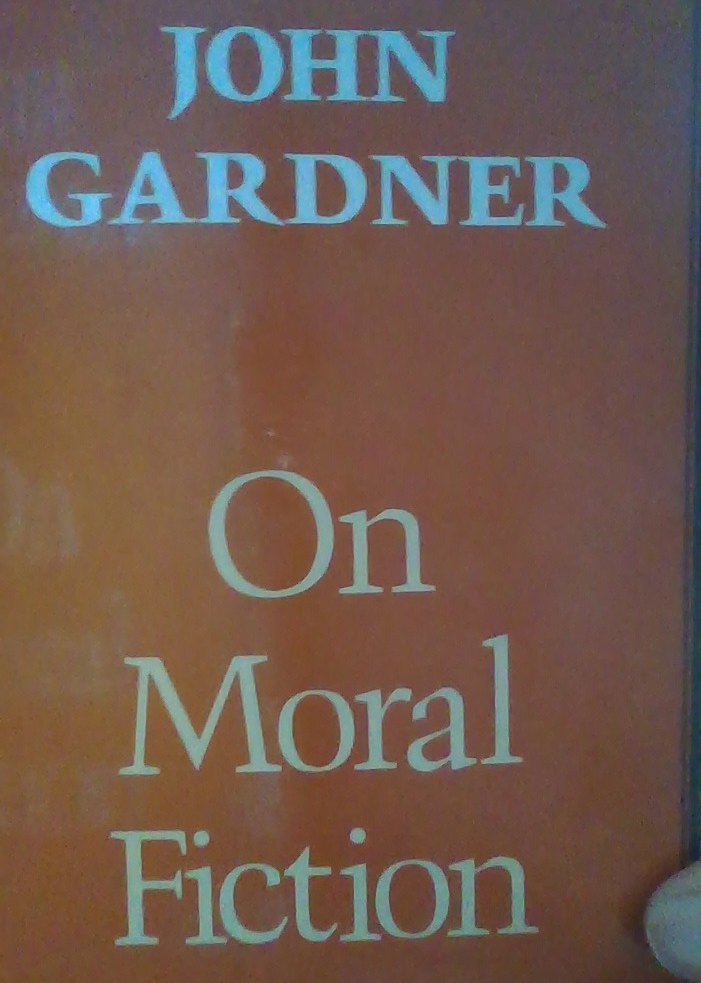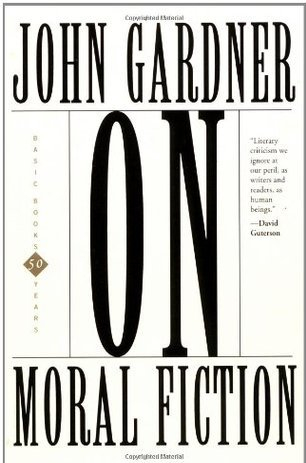Dara Horn appeared this week on one of my favorite podcasts, 18Forty. If you haven’t heard of her till now, Horn is an extraordinary Jewish author, journalist, and thought leader. She’s written several (often award-winning) novels and a non-fiction book (also award-winning), and I’m a huge fan. Since 18Forty’s theme this month is BOOKS! BOOKS! BOOKS!, Horn is the perfect guest for Rabbi Bashevkin to invite onto the podcast.
Her conversation with Rabbi Bashevkin is fantastic. (You can listen here.) She’s funny, erudite, creative, and I thoroughly enjoyed the entire episode. Only, there’s one thing she said that is so laughably, demonstratively wrong, I had to vent about it on Twitter after listening to episode to the end.
And now I’m going to expand upon the Twitter thread here.
What is this thing that Dara Horn said which literally cracked me up because her own work proves her wrong? She said that “Books don’t teach morals.” (If that’s not a direct quote, it’s close.) Afterwards, she said that fiction writers don’t write with the intent to teach a moral (a blanket statement). And that books aren’t good at teaching morals.
Horn accurately starts off saying that every work of literature emerges from a set of beliefs. Those beliefs are largely sociocultural, but may be unique to the book itself. It is necessary to understand them even if you don’t share them in order to process the book. But then she says that blanket statement I mentioned above.

As John Gardner points out, “Art is as original & important as it is because it does not start out with clear knowledge of what it means to say.” So, sure, many writers do not start off a project with a particular moral lesson in mind. But that doesn’t mean that the finished project is not imbued with values. In fact, according to Gardner, it’s through revision, retouching, re-envisioning as we edit our own work that we figure out what we really think about its themes. The final messaging might be very different than the original take we had at the inception of the project.
Nor does no intent by Horn to write a book with a moral message mean that no author starts off with the intent to convey one. Personally, some of my work starts off with a moral angle, some of it doesn’t. But it always ends with one. I’m pretty sure that Frank Herbert intended to teach his views about the nature of power and the way human cultures interact with the environment when he wrote DUNE. Ray Bradbury had Things to say about literacy and book banning when he wrote FAHRENHEIT 451. Octavia Butler’s THE PARABLE OF THE SOWER had things to say about power and race and religion. I’m pretty sure that Lisa See intended to teach a particular view about the nature of love when she penned PEONY IN LOVE (she’s still alive, so we could at least in theory ask her). I might not be performing at their level, but I’m in good company on this one thing.
In short, Horn’s blanket statement–like most blanket statements–has so many exceptions, it becomes meaningless.
But there’s more to kvetch about (because, yes, this is me kvetching).
Horn seems to think that a moral to a story means a clunky message provided by an author who wants to tell you what to think. However, you don’t have to tell people what to think to promote a moral vision. Merely by inviting the reader/viewer/listener to explore a particular perspective on a theme, you have led them to alter their interior moral landscape. This is the best artistic expression, according to Gardner.
…And I would argue that Horn’s own work demonstrates several very clear moral views, whether she intends it as such in a conscious way or not. For example:
- By weaving (in most of her fiction) Jewish past & Jewish present, she assures us that religion & even religiosity is not a thing relegated to the past.
- By showing characters who are both religious & non-religious, and by showing them making flawed choices, she demonstrates that she doesn’t think that religiosity makes you good, at least not religiosity alone.
If I delved into each of her books, I could find other moral positions unique to her books. If I recall correctly, for example, in IN THE IMAGE, Horn expresses a moral view that people chose the religious life often for psychological reasons, not theological ones. But I think I’ve made my point.
Even the desire to say, “Books don’t have to mean things,” or “Books don’t have to suggest a moral perspective,” is paradoxical. Saying, “I don’t want to teach my readers a lesson,” is a moral stance itself, because it’s the position, “I don’t think that we should be telling people what to think,” or “I think that we shouldn’t look to morals to make life choices and certainly not artistic ones,” or other similar value judgments.
And then I come to the oddest claim of all, that writing isn’t good at teaching morals. Aristotle said, “Every art and every inquiry, and similarly every action and choice, is thought to aim at some good; and for this reason the good has rightly been declared to be that at which all things aim.” (Nicomachean Ethics, Book One, Part 1)
Before Aristotle, Jewish literature already included the mashal. A mashal is an allegory, a short fiction intended to teach a lesson. They pepper Tanach. One whole book (Shir haShirim/Song of Songs) is composed of a single mashal. Another book (Mishlei/Proverbs) is called by the word mashal (“mishlei” being one what to pluralize the word) and includes many of them.
Other ancient societies used epic poems and narrative songs to teach people, young and old. Eventually, these were written as books. While some were based on myths, historical events, or the like, others were purely imaginary. And they all conveyed value systems, intentional or not.
Today, we live in a contentious society. There are those who ban books or want to do so…and they don’t do it because storytelling is meaningless. They do it because storytelling can affect changes in people’s personal values.
I primarily (although not exclusively) write for children. In moments of choice, adults have told me there are times where they think of a beloved story from childhood, and the message therein helps them make the choice. We feel jealous of someone else, and then we remember reading a Mimmy and Simmy story (by Yaffa Ganz) about how each felt her friend had the better life, and then after a prolonged stay with her friend, she realized her life was just right for her. And then we choose to accept that our own circumstances aren’t really so bad. There are times when we might be embarrassed by our unusual name, or other qualities we have which are uncommon, and then we remember Chrysanthemum (from the eponymus book by Kevin Henkes) and are reminded that our differences make us special.
IN SUM: If Dara Horn says, “I don’t intend to write moral lessons,” I believe her (although I think she does it unintentionally…see above). But to make a blanket statement about all fiction writers seems to ignore a huge body of evidence that fiction writers often have morality as part of their writing agenda. And that thing she overlooks (the moral weight of fiction) is the very thing that makes fiction so powerful.
 When someone hears the words “moral fiction,” or “moral art,” a person might wonder how to define morality. According to John Gardner, “moral” does not equal “not too blatantly immoral.” It can’t be simple, and it can’t be forced upon artists.
When someone hears the words “moral fiction,” or “moral art,” a person might wonder how to define morality. According to John Gardner, “moral” does not equal “not too blatantly immoral.” It can’t be simple, and it can’t be forced upon artists.  ka Dreifus
ka Dreifus